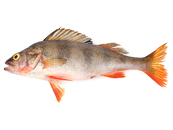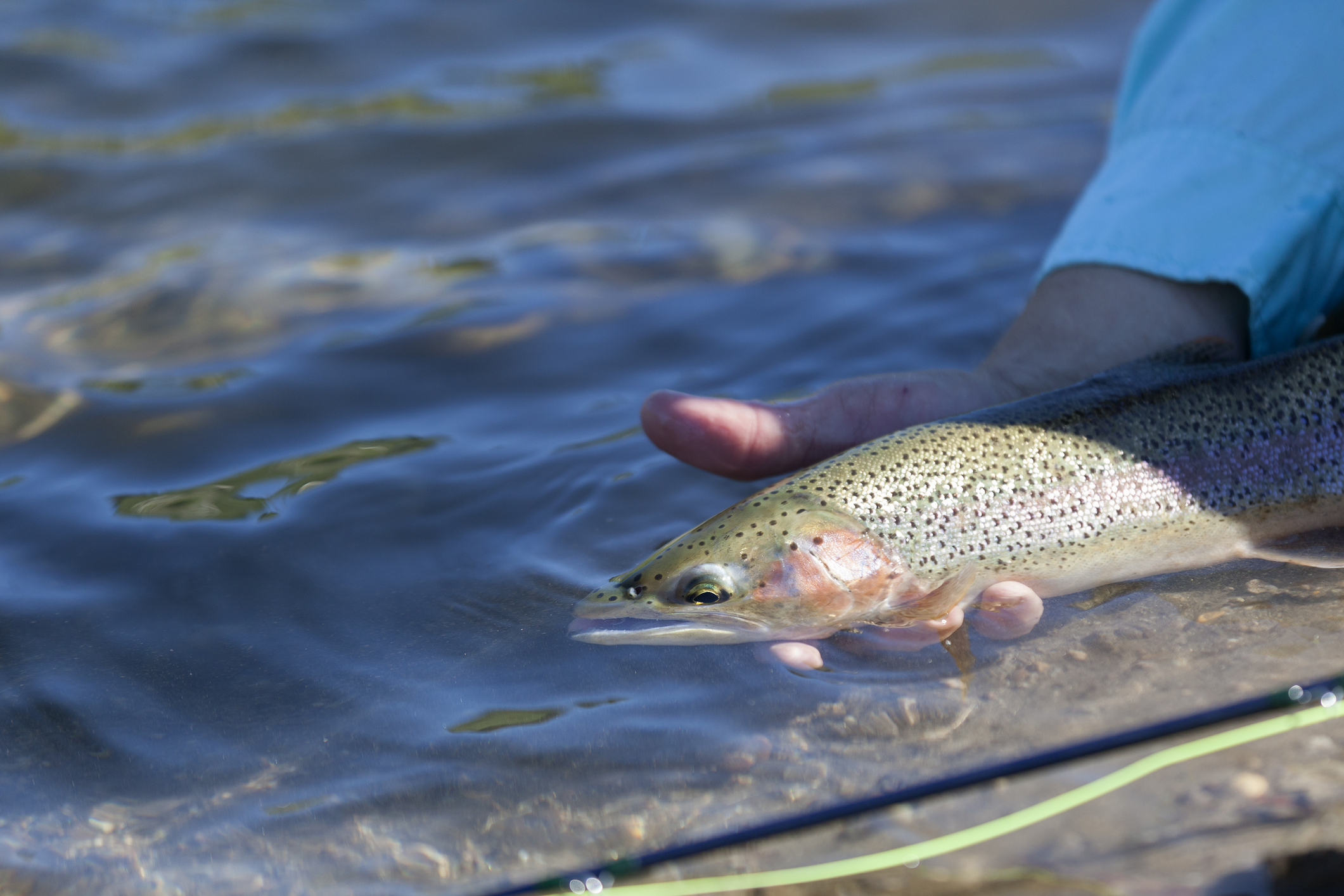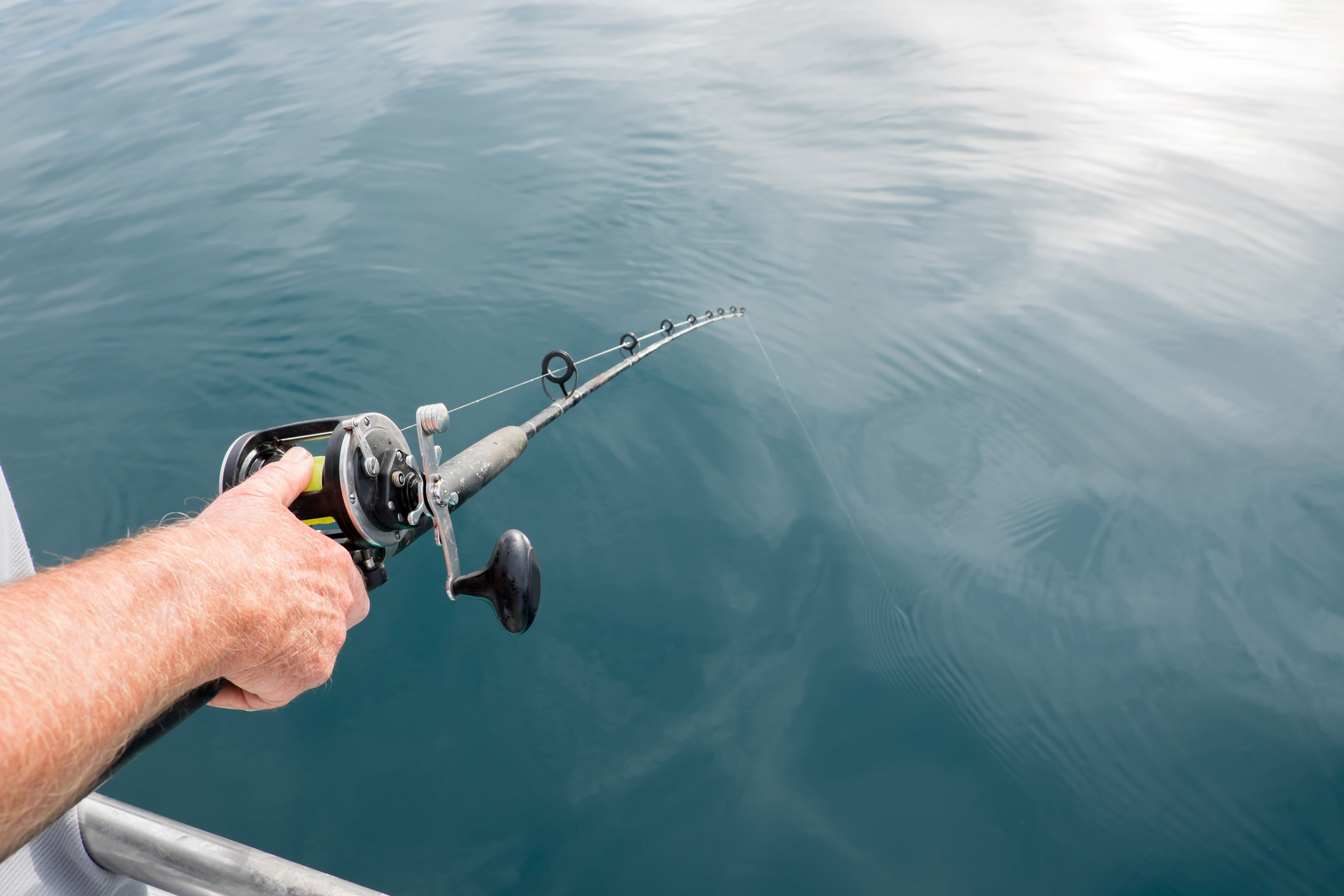White Perch
Morone americana
-
Distinguishing Markings:
White perch are silvery and frequently have irregular dusky longitudinal lines along its body. They have a slightly projecting lower jaw and small teeth. Their dorsal fins are separate and their anal fin has three strong spines.
-
Size:
White perch may reach a mature length of 19 inches but are more commonly found around 7 to 10 inches, weighing from 8 ounces to 1 pound.
-
Distribution:
White perch range from Nova Scotia to South Carolina, but are most abundant from the Hudson River to Chesapeake Bay.
-
Habitat:
White perch are semi-anadromous, migrating to tidal fresh and slightly brackish waters each spring to spawn. They have been stocked into freshwater impoundments, ponds, and lakes. Adults tend to inhabit open waters close to shore, but may also frequent quiet streams well up into the tributaries from March - November. During the winter months, they can be found in downstream portions of the tributaries and deeper channel areas.
-
Food Preference:
White perch are bottom-oriented fish and predaceous carnivores whose diet consists of crabs, shrimp, and small fishes. Juveniles feed on aquatic insects and small crustaceans.
-
Spawning:
White perch spawn from April through June in fresh to low-salinity waters of large rivers over fine gravel or sand. Females produce from 50,000 to 150,000 eggs and do not release them all at once; ovulation may occur over a period of 10-21 days. Individual females are surrounded by several males and eggs and sperm are spread randomly. Eggs usually hatch from 1 to 6 days after fertilization, and juveniles use inshore areas of estuaries and creeks downstream of their spawning area during the first summer and fall. Males are usually mature by age 2 and females, by age 3. These fish typically live 9 to 10 years.
-
Fishing Tips:
White perch are an important recreational species and are considered a delectable game fish that can be taken with nearly all types of fishing gear, from shore, and from boats because they are widely distributed among a variety of habitats, including inshore waters. Still fishing with natural baits is particularly effective. Catches are greatest during the spring spawning season and from September through November.


